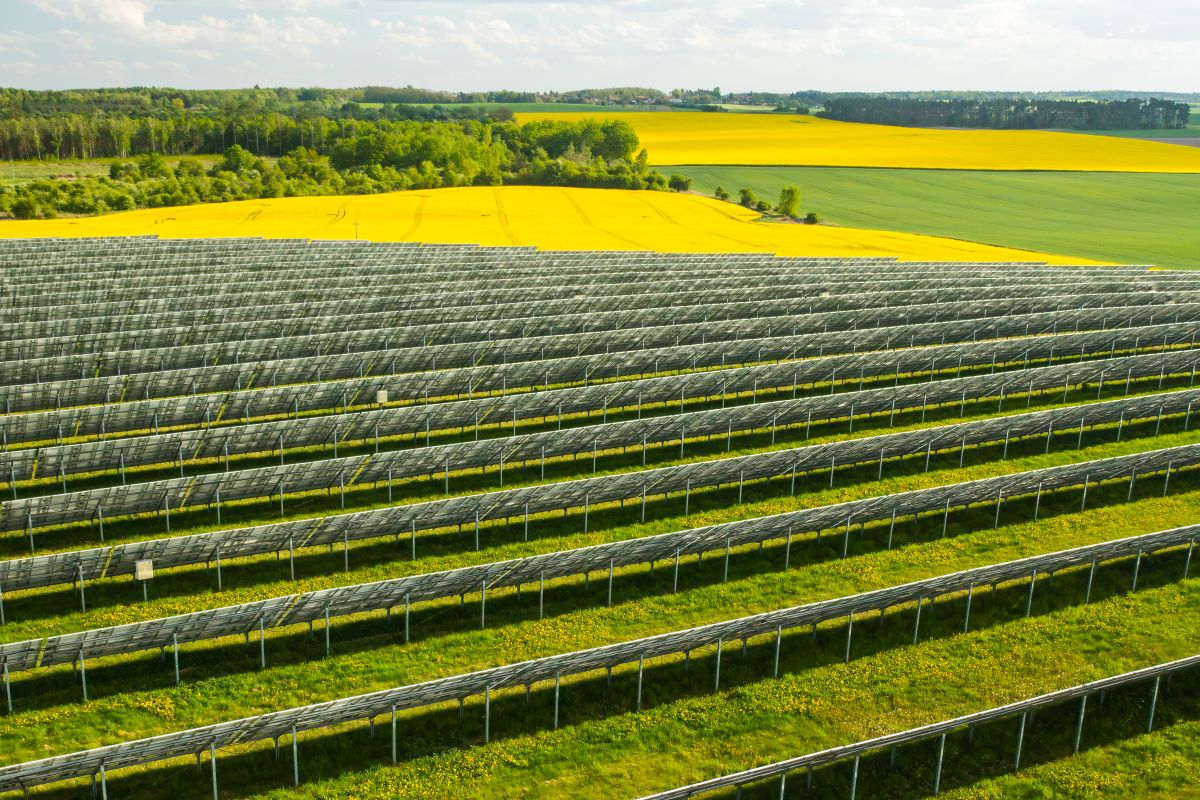WWW.POWER-ENG.COM
Austin’s Mayor wants the city out of the Fayette Power Project by January 2029, but the exit could take longer.
The City of Austin is grappling with how to exit its stake in the coal-fired Fayette Power Project – and when.
Austin Mayor Kirk Watson last month expressed concern that the city’s publicly-owned utility wasn’t planning a quick enough exit from Fayette, a three-unit, approximately 1,640 MW plant near La Grange, Texas. The plant is co-owned by Austin and the Lower Colorado River Authority (LCRA).
Watson had said he wanted Austin out of the Fayette Plant no later than January 2029.
But this week Austin Energy General Manager Bob Kahn told Austin city councilmembers that the utility would be pausing efforts to revise the city’s 2030 climate plan “to more thoroughly analyze generation resources and demand-side measures.”
“Significant proposed changes to the 2030 Plan contemplated by both Austin Energy and the [Electric Utility Commission] require us to further collaborate on how to achieve a carbon-free future,” Kahn said in a memo to elected officials.
Kahn said Austin Energy would be examining whether the city should stick with a mid-course 2030 update or if a 2035 benchmark would better align generation portfolio goals.
“Building new generation, whether renewable or conventional technology, requires years of planning and development work before the electricity source is operational,” reads the memo.
Kahn said Austin would also continue talks with LCRA to reach an exit of Austin Energy’s portion of the Fayette Power Project in a way that eliminates the operation of Austin Energy’s full ownership share.
Among other objectives, Austin Energy would explore the market potential of customer demand-side programs, release Requests for Proposals (RFPs) for various energy sources and further collaborate with stakeholders.
Kahn said Austin Energy would issue RFPs to gather more data around carbon-free generation technologies, including wind, solar, geothermal and hydrogen fuel cells. He said the utility would also be issuing RFPs pertaining to battery storage and “flexible-fuel generation.”
Austin’s energy is 70% carbon-free. The Fayette Power Project is Austin’s single biggest contributor to greenhouse gas emissions, representing three-quarters of Austin Energy’s emissions and about a quarter of Austin’s overall emissions, according to Mayor Watson.
Austin has co-owned the coal-fired plant with the Lower Colorado River Authority since 1979. Fayette Power Project Units 1 and 2 came online in 1979 and 1980, respectively. Unit 3 came online in 1988.












